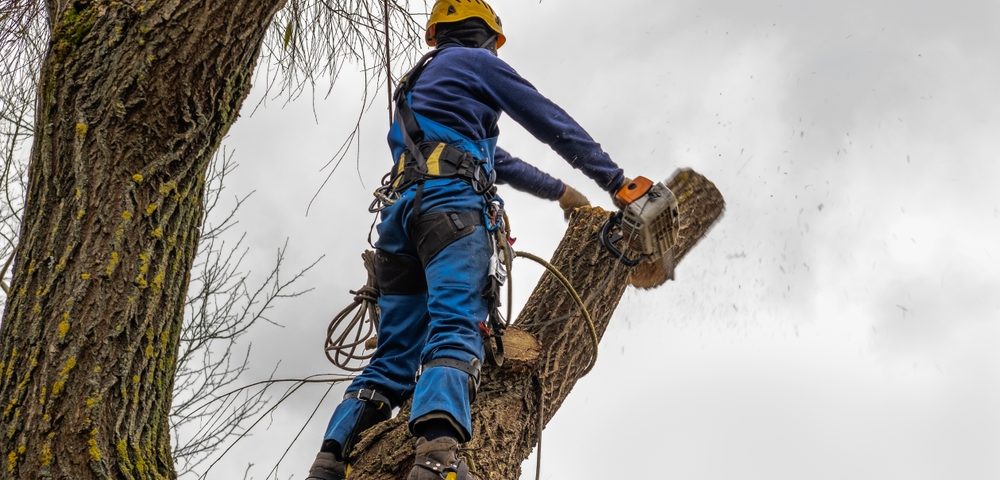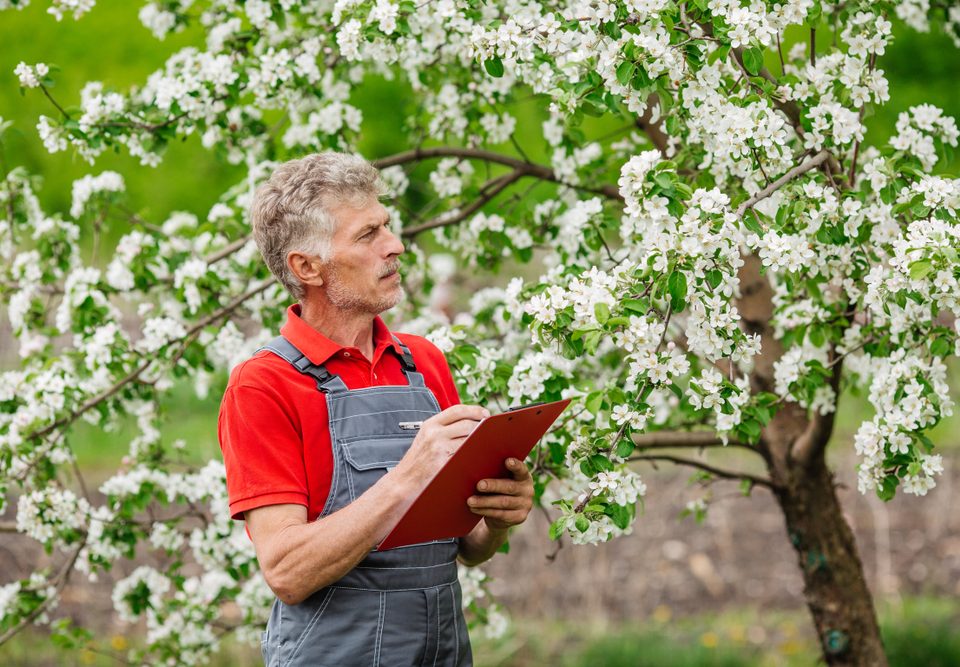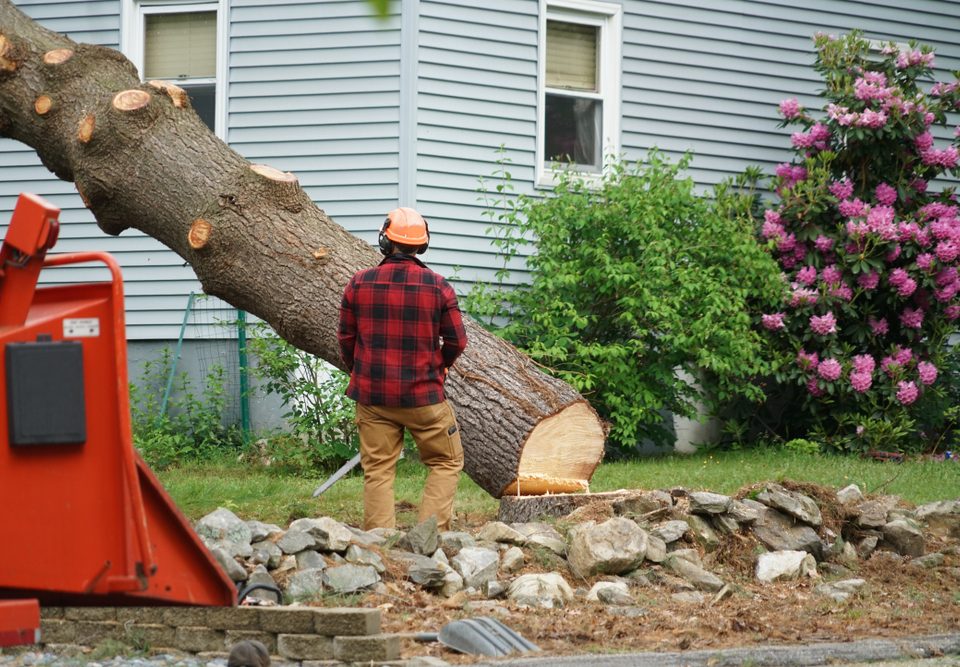Understanding the Most Common Reasons for Tree Removal

Unmasking Tree Troubles: Recognizing Common Signs of Tree Disease and Effective Solutions
January 31, 2024
The Importance of Tree Trimming: How Regular Maintenance Keeps Your Trees Healthy
May 3, 2024Understanding the Most Common Reasons for Tree Removal
Understanding the Most Common Reasons for Tree Removal
Trees are invaluable assets to our environment, providing beauty, shade, and habitat for wildlife. However, there are circumstances where tree removal becomes necessary. Whether it’s due to safety concerns, health issues, or landscaping considerations, understanding the most common reasons for tree removal is crucial for maintaining a safe and healthy outdoor space. In this blog, we’ll explore some of the primary reasons why trees are often removed.
Disease and Pest Infestation: One of the most common reasons for tree removal is disease or pest infestation. Trees can fall victim to various pathogens, fungi, and insects that compromise their health and structural integrity. Diseases such as Dutch elm disease, oak wilt, and emerald ash borer infestations are just a few examples of conditions that can lead to the decline of trees. In some cases, removal may be necessary to prevent the spread of disease to other trees or to eliminate safety hazards posed by weakened or dead trees.
Dead or Dying Trees: Dead or dying trees are not only unsightly but also pose significant safety risks. Trees may die as a result of disease, pest infestation, environmental stressors, or old age. Signs of a dead or dying tree include brittle branches, lack of foliage, and decay. Removing dead or dying trees promptly can prevent them from falling and causing property damage or personal injury.
Structural Instability: Trees that exhibit structural instability or are leaning precariously pose a threat to safety and property. Structural issues may arise due to root damage, soil compaction, storms, or improper pruning practices. Leaning trees can be especially hazardous if they are located near structures, power lines, or high-traffic areas. In such cases, professional assessment and potentially removal may be necessary to mitigate risks.
Root Damage and Soil Issues: Root damage can occur due to various factors, including construction activities, soil compaction, and environmental changes. Compromised roots can lead to instability, poor tree health, and structural failure. In some cases, trees with extensive root damage may need to be removed to prevent further damage to property or to address safety concerns.
Encroachment and Crowding: Trees that are planted too closely together or are encroaching on structures, utilities, or neighboring properties may need to be removed to alleviate crowding and prevent potential damage. Overcrowded trees compete for resources such as sunlight, water, and nutrients, leading to stunted growth and decline. Removing excess trees can improve the health and vitality of the remaining trees and enhance overall landscape aesthetics.
Landscaping and Renovation Projects: Trees may also be removed as part of landscaping or renovation projects to achieve desired aesthetics, create space for new construction, or address property development requirements. While the decision to remove a tree for these purposes should be carefully considered, it may be necessary to achieve specific landscaping goals or accommodate changes to the property layout.
Safety Considerations: Ultimately, safety considerations often drive the decision to remove trees. Trees that pose immediate safety risks due to their condition, location, or proximity to structures, power lines, or roadways must be addressed promptly to prevent accidents and injuries. Regular tree inspections and maintenance can help identify potential safety hazards and facilitate timely removal when necessary.
In conclusion, tree removal is often undertaken for a variety of reasons, ranging from disease and structural issues to safety concerns and landscaping considerations. While trees are valuable assets to our environment, it’s important to recognize when removal is necessary to mitigate risks and ensure the safety and well-being of property occupants and the surrounding environment. Consulting with a qualified arborist or tree care professional can help assess tree health, identify potential hazards, and determine the appropriate course of action for tree removal when warranted.
If you’re looking for tree removal Baton Rouge LA, tree service Baton Rouge LA, or tree removal give our experts at Tree Surgery by Ricky Vincent a call!



